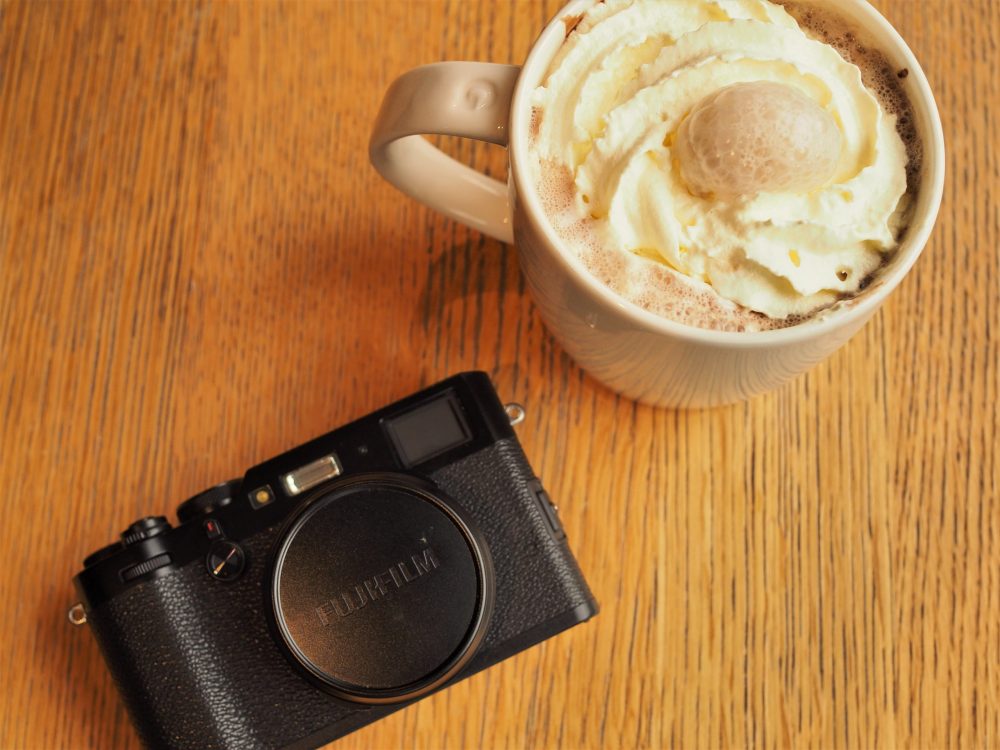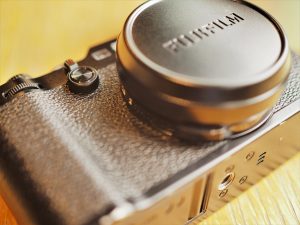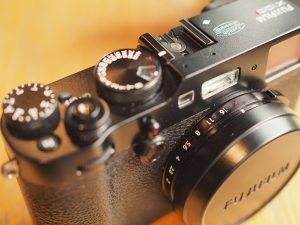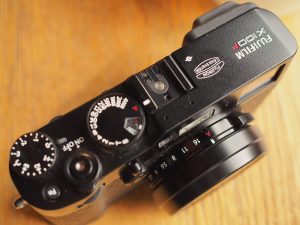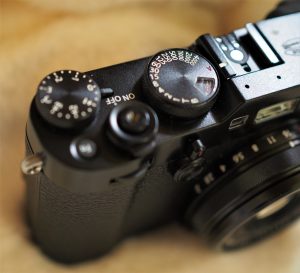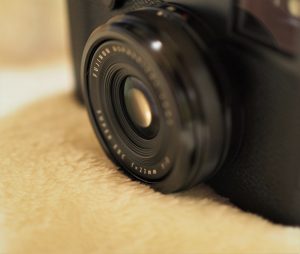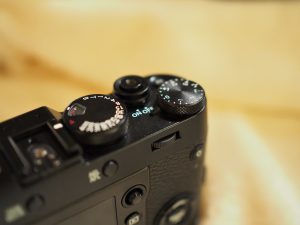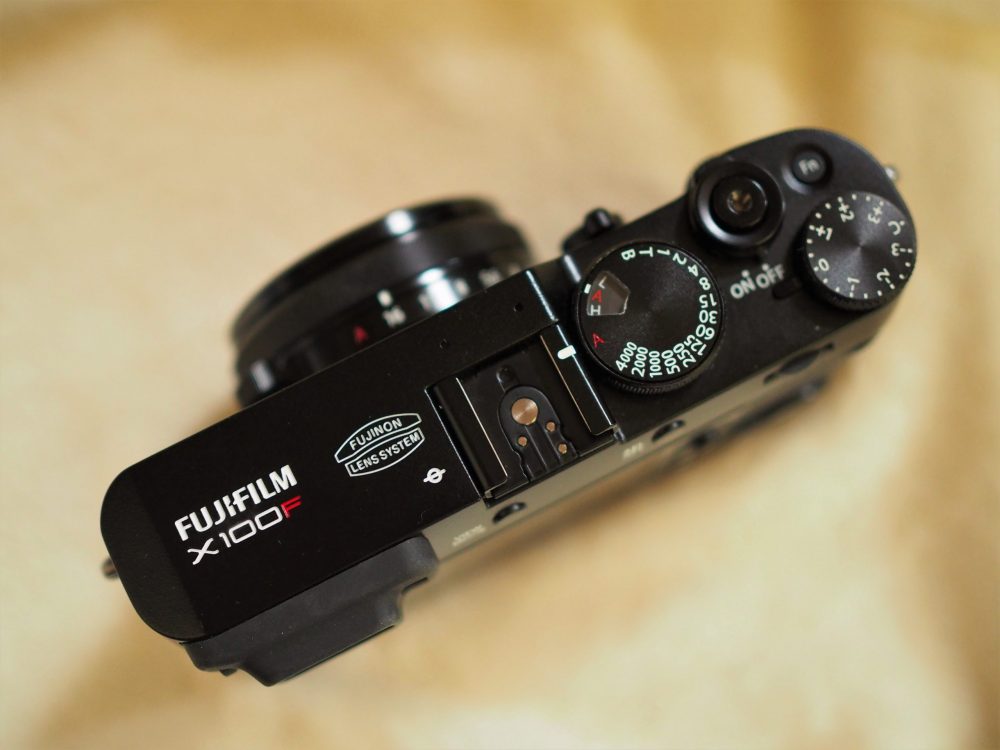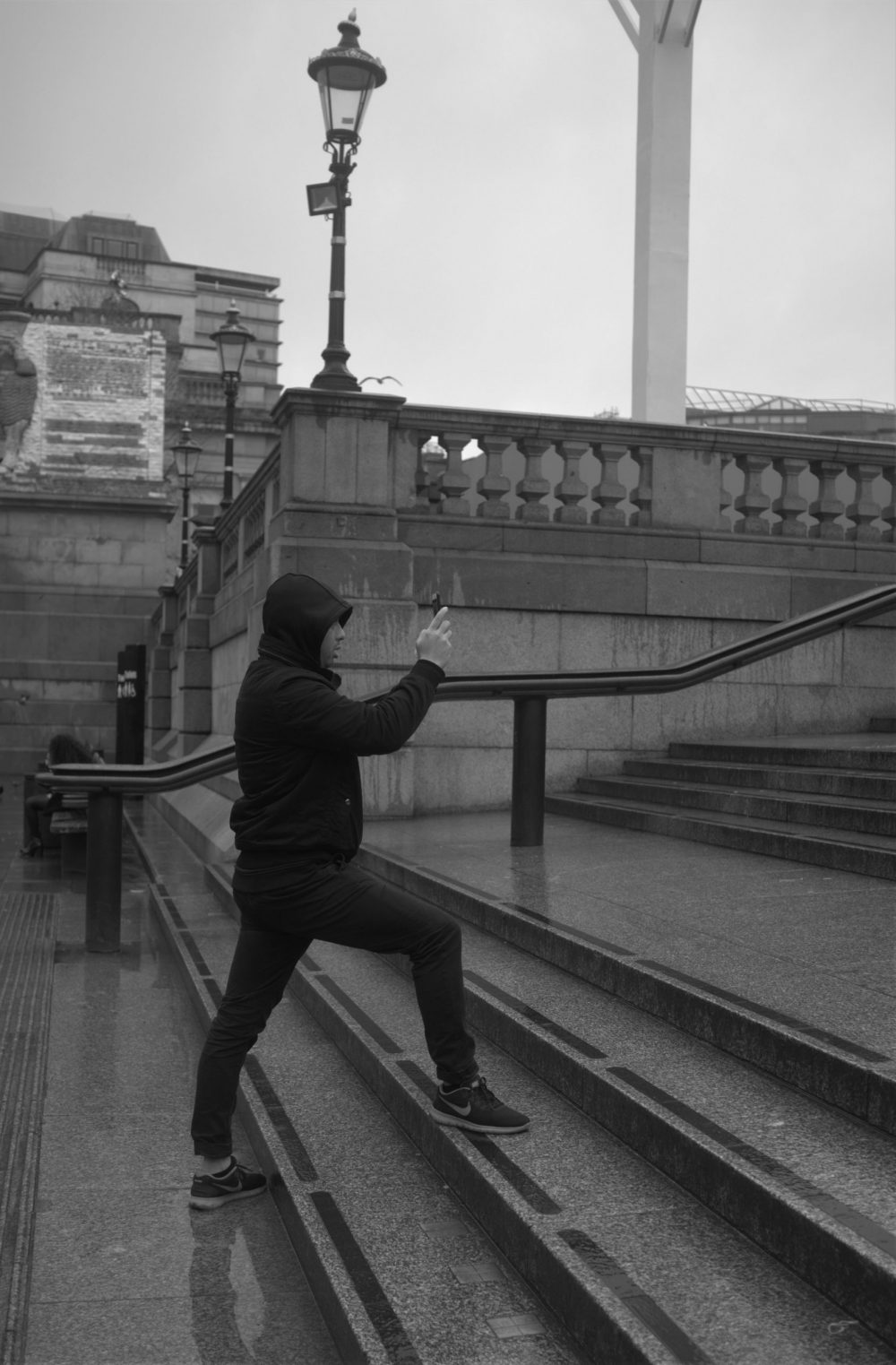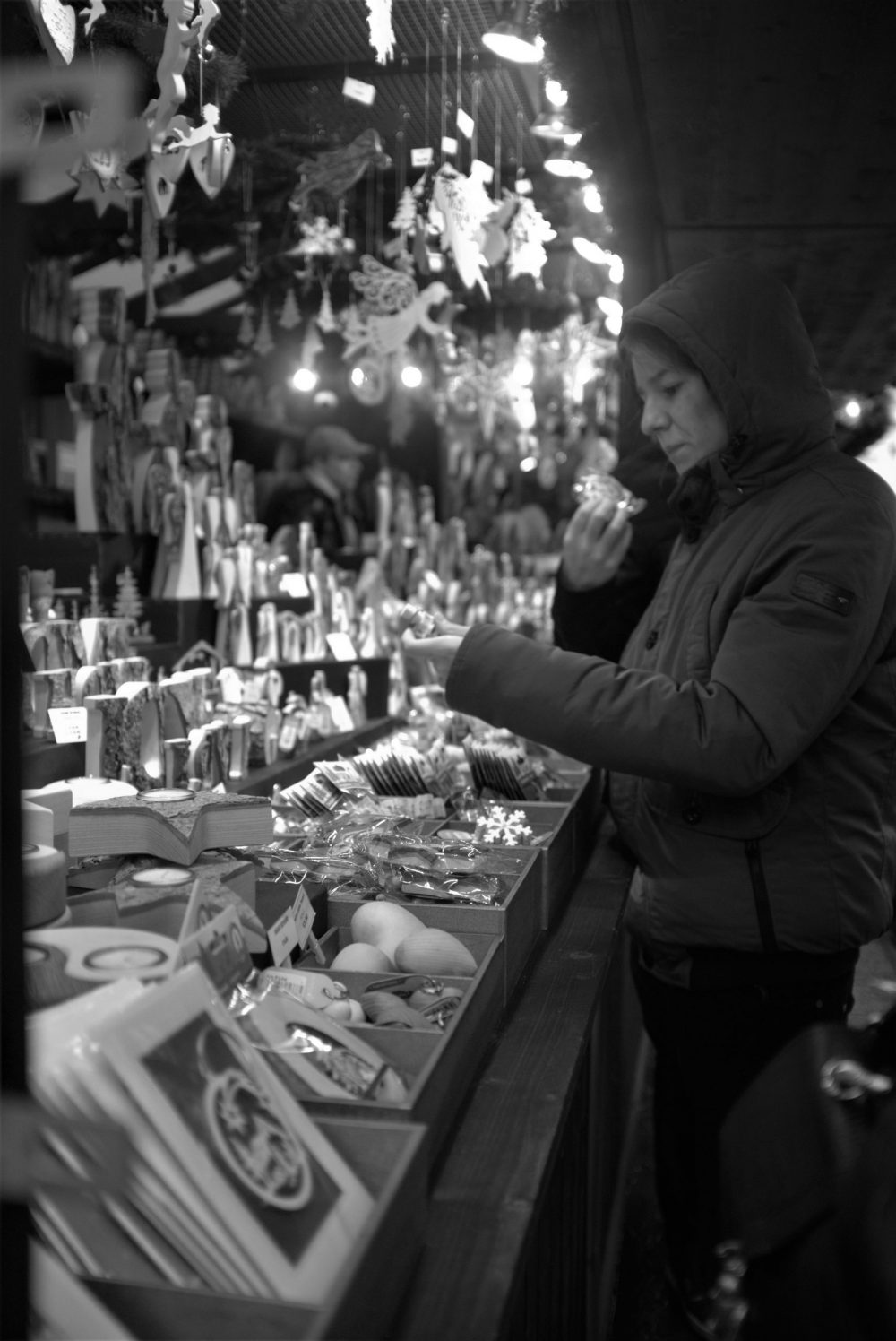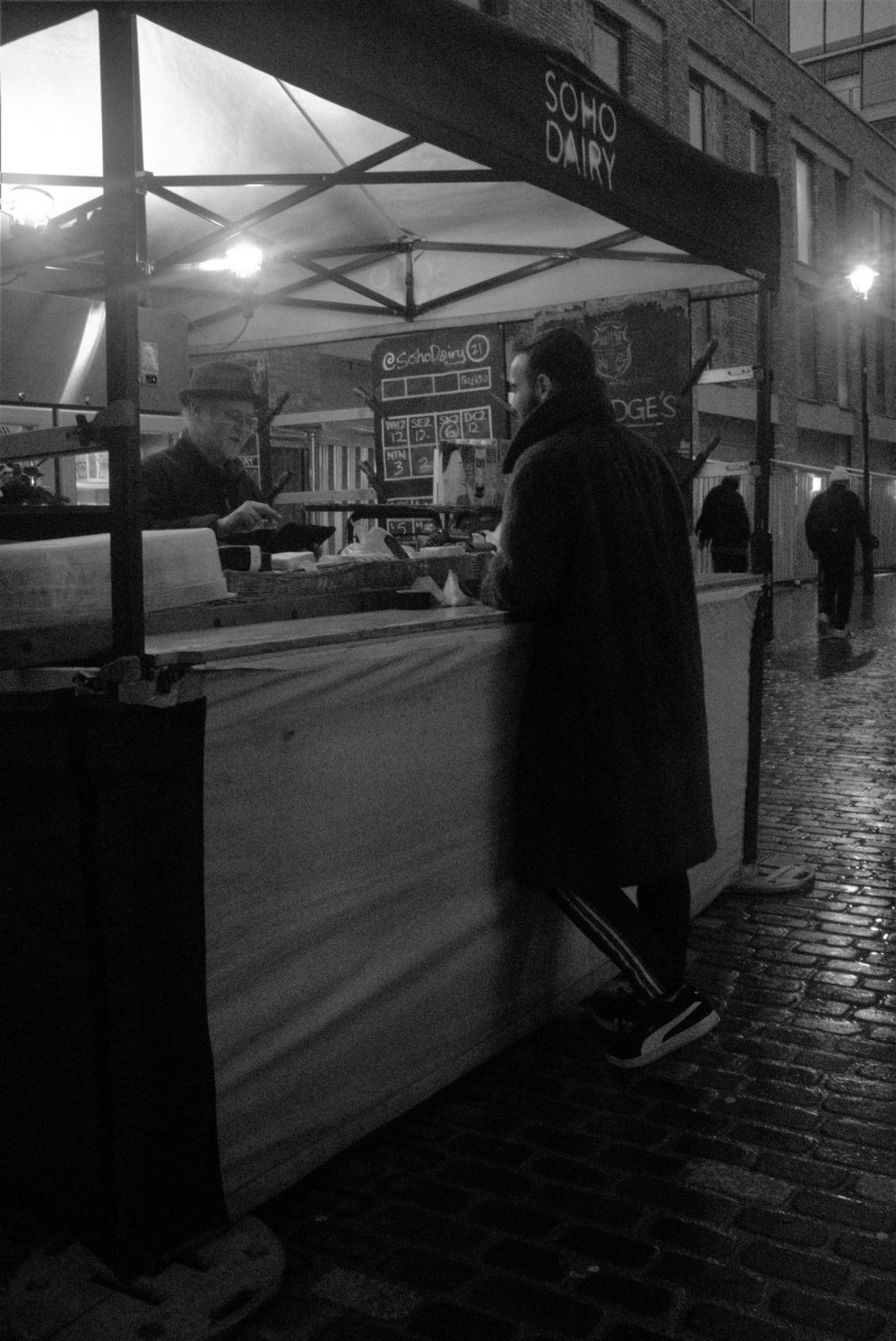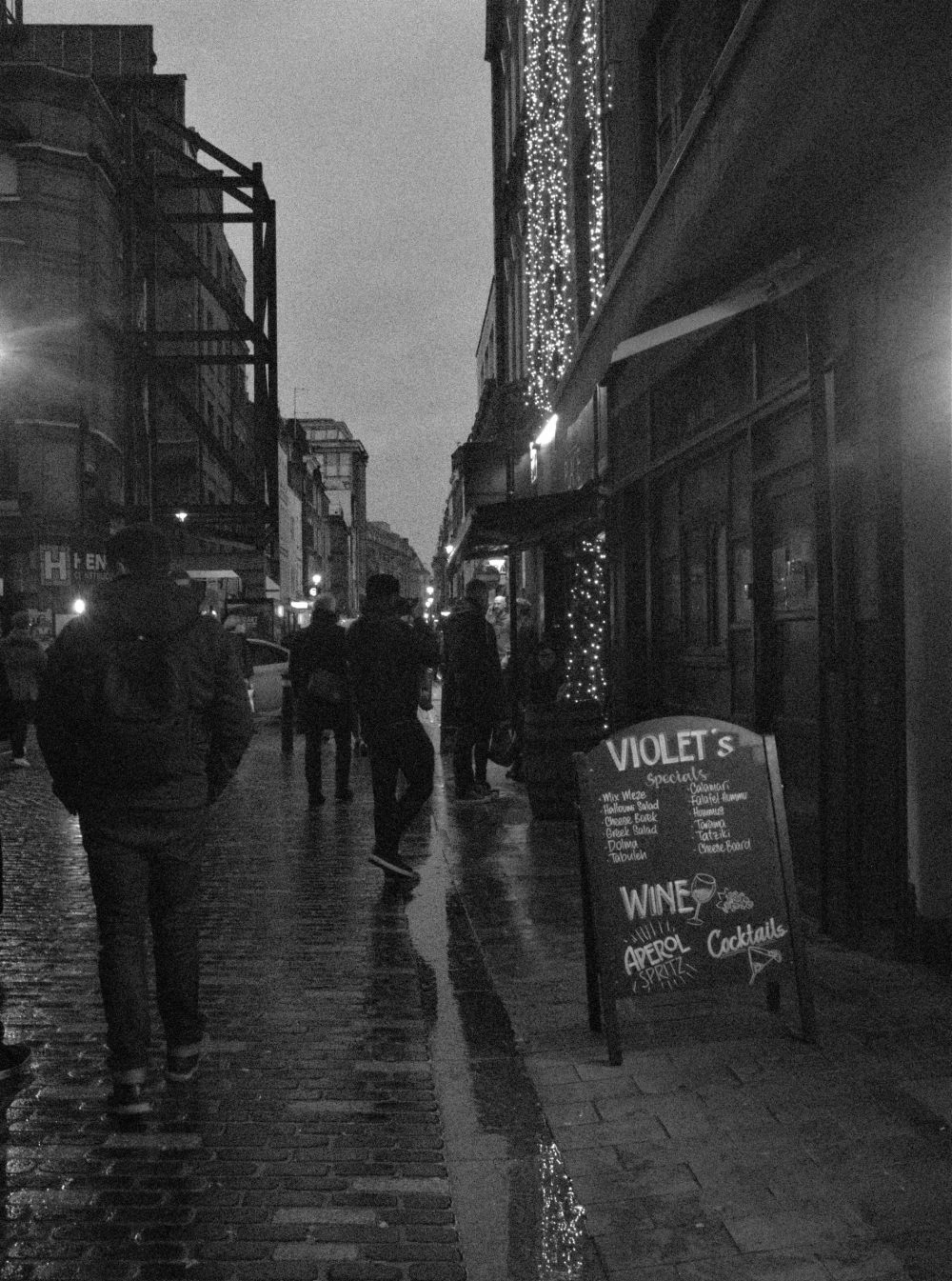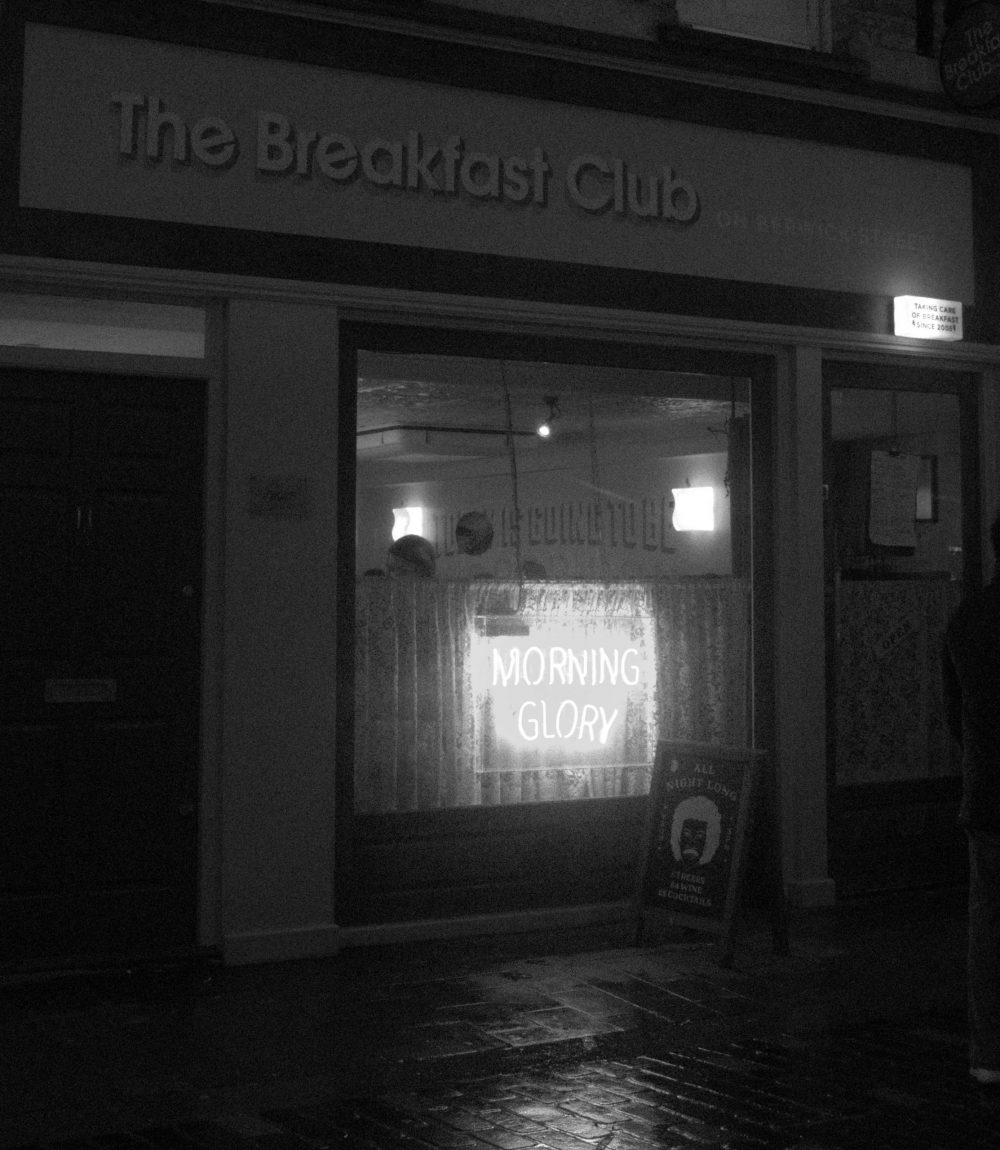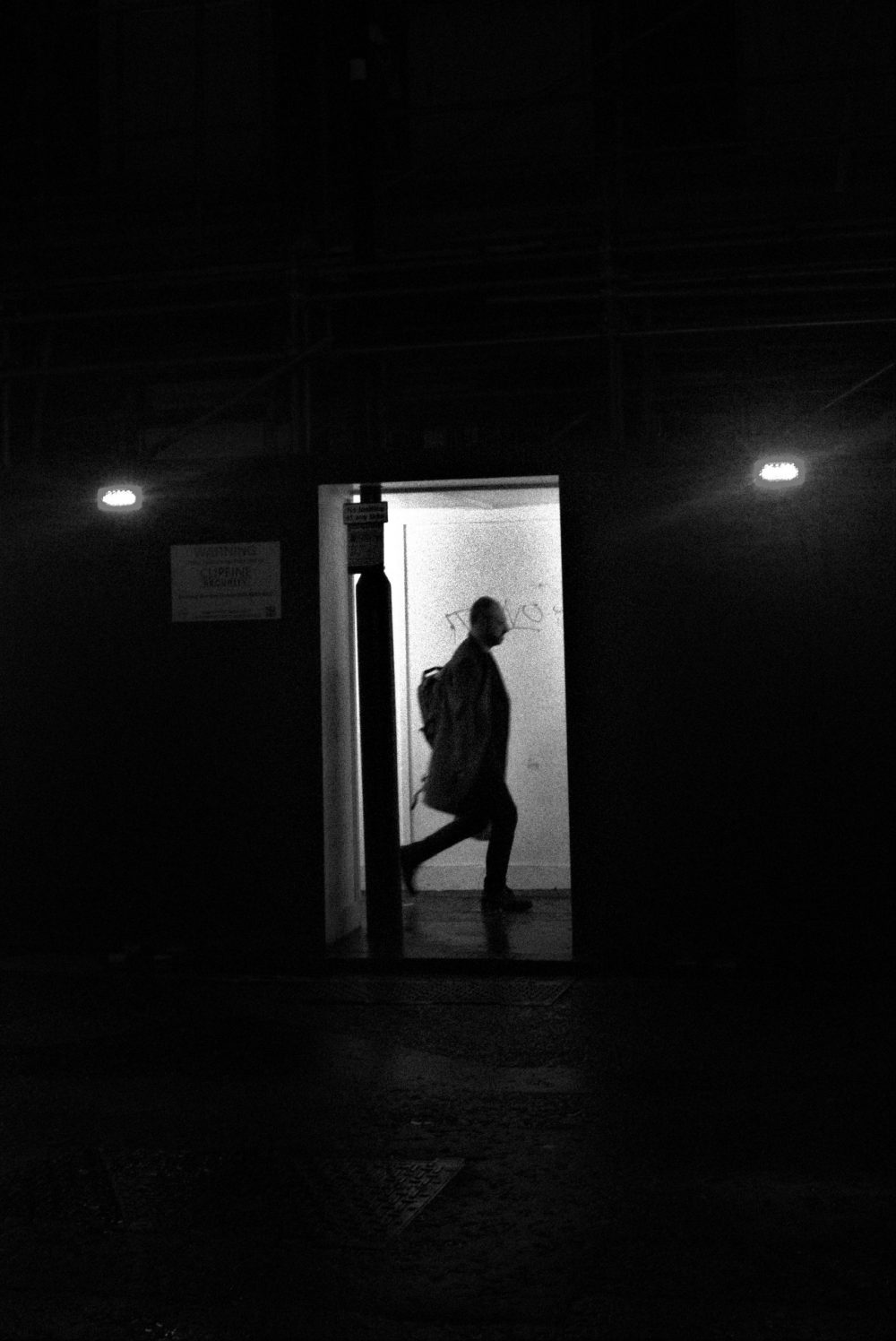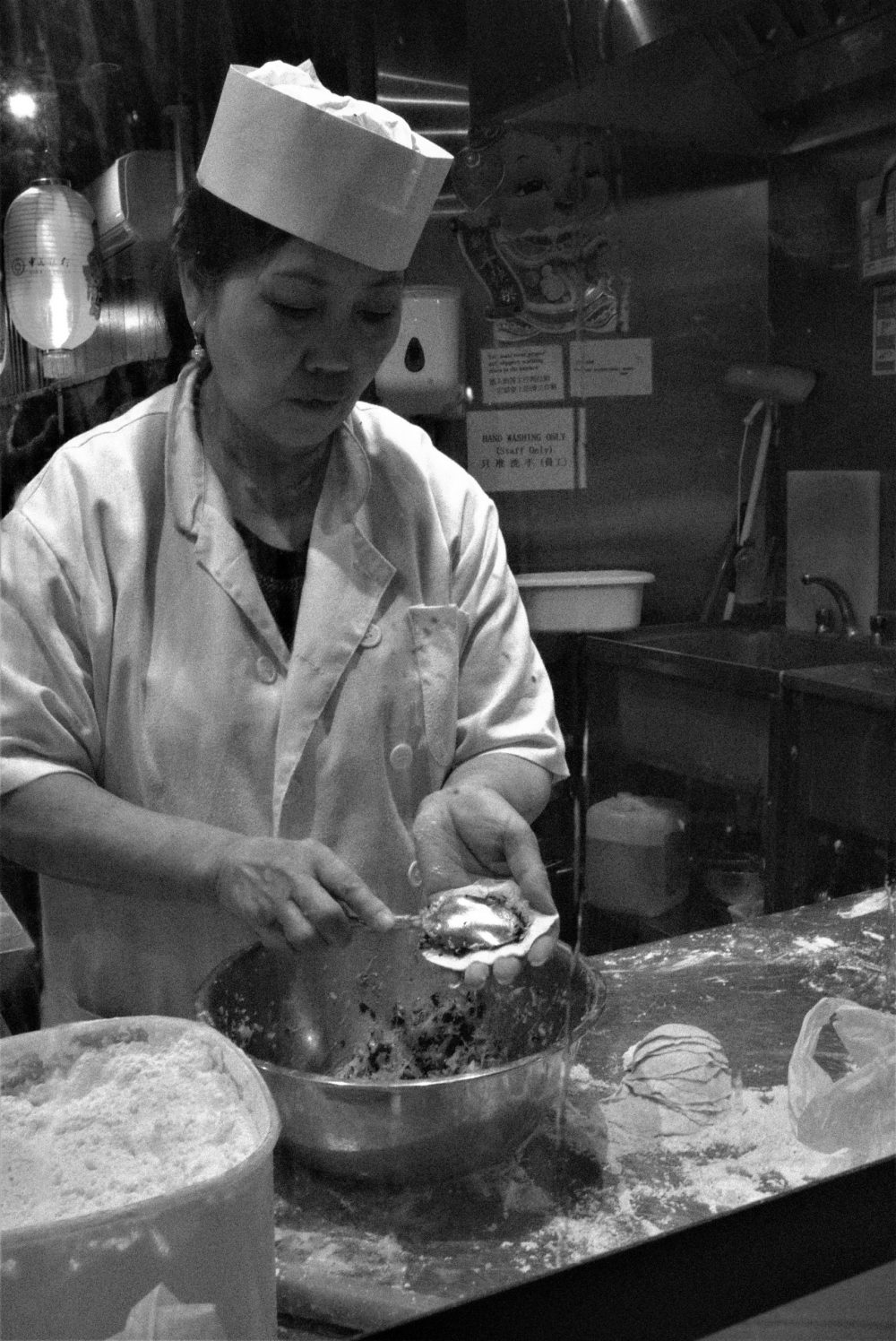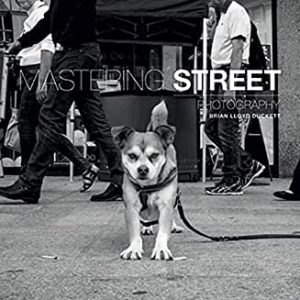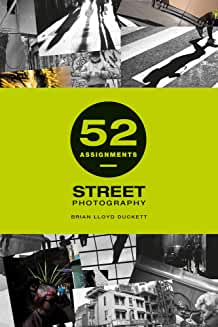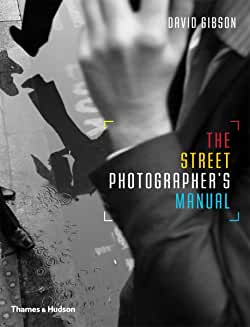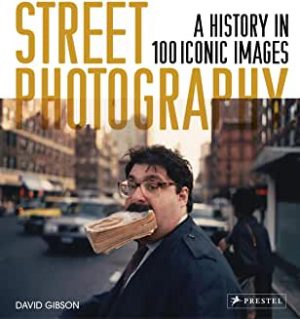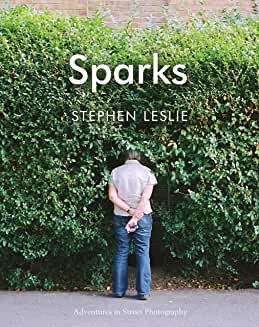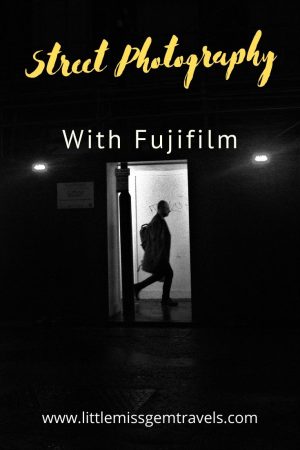The posts in this blog may include affiliate links. This means that when you decide to purchase anything through these links I get a small commission at NO extra cost to you.
As much as I love taking photos for this blog I was recently encouraged to spend some time focusing on street photography, to buy a new camera, one that I would use specifically for street photography, a small, light camera with a fixed lens that would fit easily into most bags and pockets: I chose the Fujifilm x100f. I decided to take a street photography workshop as it is an area that I was only vaguely familiar but also quite uncomfortable.
As I headed into the newly opened Fujifilm House of Photography near Covent Garden I felt a pang of nervousness. However, this soon faded once I remembered that there would be no competition over who was using the nicer camera. This was a workshop with Fujifilm which meant we would all be using the same (or similar) cameras. The only difference was how much my own confidence got in the way.
This street photography workshop was run by Brian Lloyd Duckett, a renowned street photographer and Fujifilm camera expert.
Using a new camera is always a little nerve-wracking. As small and smart the Fujifilm x100f is it is also completely different to the Olympus that I have been using for a while.
Taking a Street Photography Workshop With Fujifilm
28 Tips For Street Photography
- Shoot spontaneously with no thought or regard to any of the usual photography “rules” and see what happens
- When shooting at night, find a good light source, such as the pool of light below a street lamp and then wait for suitable subjects.
- Wear dark clothes and stay in the shadows to avoid being seen. If people see what you are up to their behaviour will change.
- Always have your camera switched on and “awake.” Disable the sleep mode and keep your finger on the shutter-release button at all times.
5. Walk slowly, be curious, look at everything and linger. This will heighten your sense of awareness of what’s going on around you.
6. Don’t worry if a person in the immediate foreground is blurred, this can add depth.
7. Shoot RAW to give yourself more post-production options when it comes to dialling up the blacks, whites and contrast.
8. Your main concern is to make your images different. Look for unusual angles or different viewpoints.
9. A simple, striking image with well defined shapes works better than one with lots of detail.
10. Try shooting abstracts in both colour and black and white.
11. If you’re shooting wet windows focus on the window itself, not the subject behind it.
12. In bright daylight you may need to lower your ISO to avoid “white out”
13. Timing is important. If your subject is walking, the image will be more appealing if their legs are apart, mid-stride.
14. Use either black and white or colour, but don’t mix the two.
15. If your image contains horizontal and/or vertical lines, make them as straight as possible. If possible, set you camera’s viewfinder or LCD screen to show a grid overlay. This will help you get the important lines straight.
16. Including people in your shots will give the viewer and idea of scale.
17. Try setting your camera to manual focus and use zone focusing to make you even faster and more instinctive.
18. The time of day is critical. Shadows are most dramatic when they are at their longest, so aim to shoot early in the morning and late afternoon.
19. If there is more than one person in the shot, ensure there is separation between them so they don’t become a meaningless black “blob.”
20. Depth-of-Field is often critical, so use a small aperture to give you a sharp foreground and background.
21. Visit your locations at different times of the day to see how it changes.
22. Shoot when the sun is low for more atmosphere and drama.
23. Don’t hesitate. Once you have a shot in mind, commit to it and take the shot.
24. Find your background first, then look for the best viewpoint or perspective. Set the exposure and focus, and then wait for your shot to come together.
25. You’ll be quicker to react if you use a wrist strap, as it means your camera will always be in your hand, with your finger near the shutter-release button.
26. Use negative space to impose a sense of scale, making your subject more or less significant.
27. Try to avoid having the horizon in the centre of the frame. Your image will be more visually pleasing if it is offset above or below the centreline.
28. Blend in and try to look more like a tourist than a photographer. Carry the minimum amount of kit and avoid large bags.
Check out available Fujifilm Workshops
You can buy the Fujifilm x100f
Books by Brian Lloyd Duckett
Books on Street Photography
Have you ever taken a street photography workshop?
Let me know in the comments.
New Post Notifications
